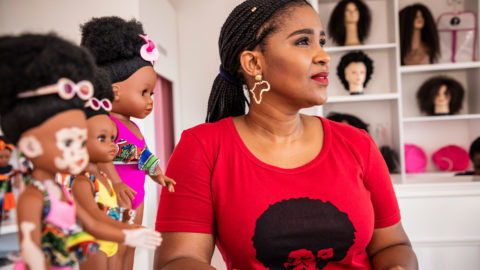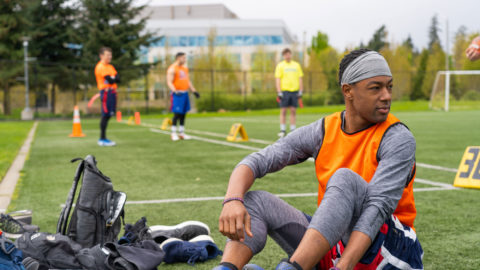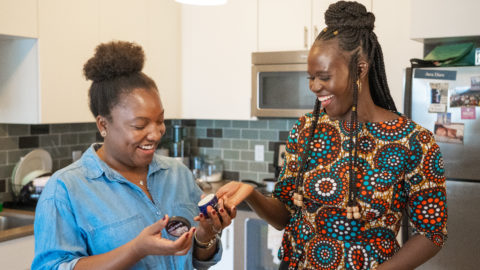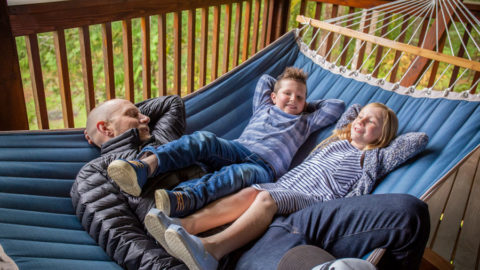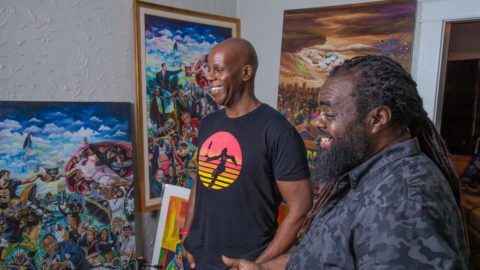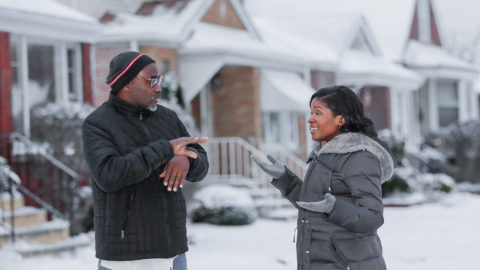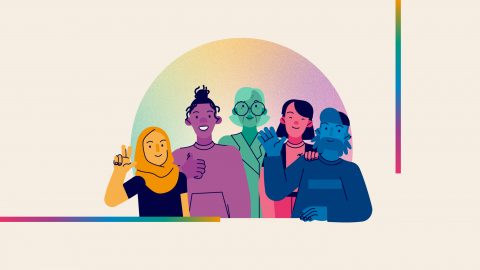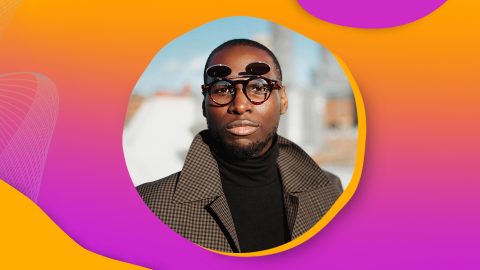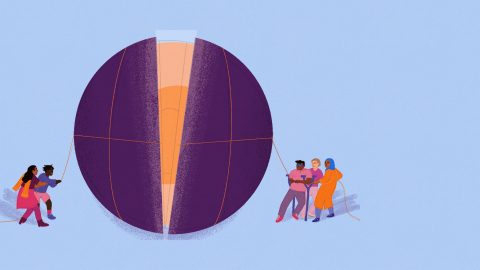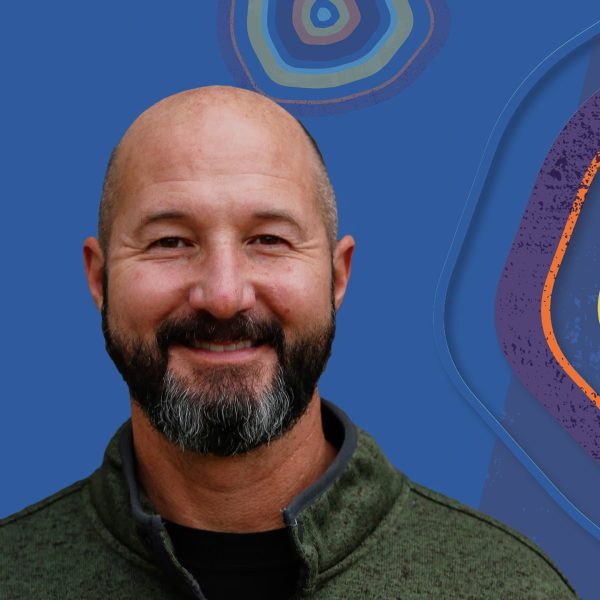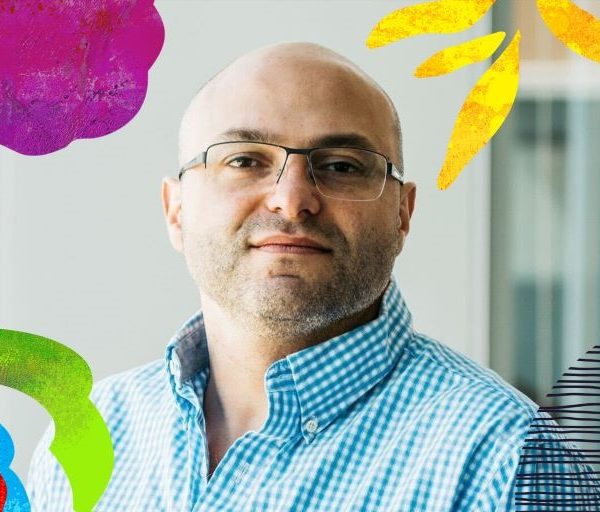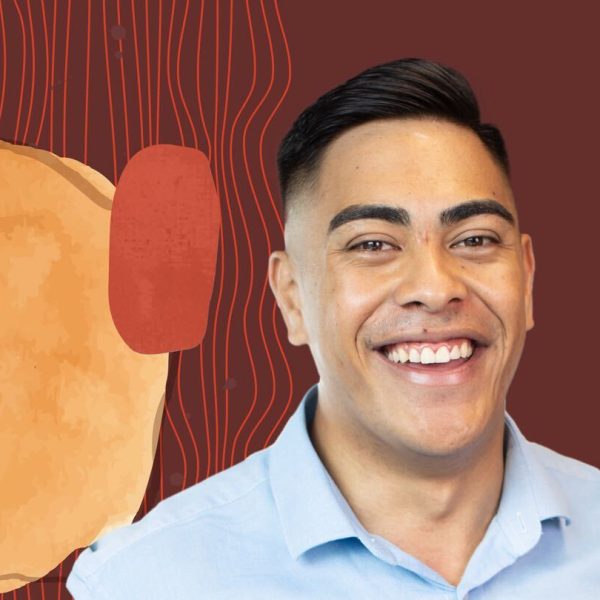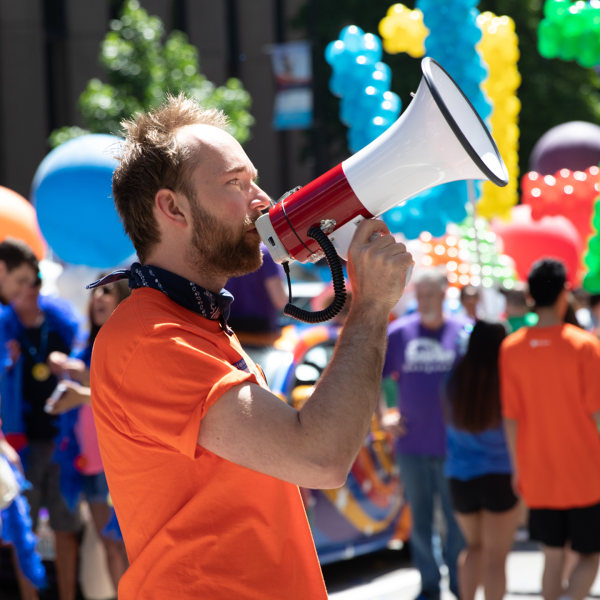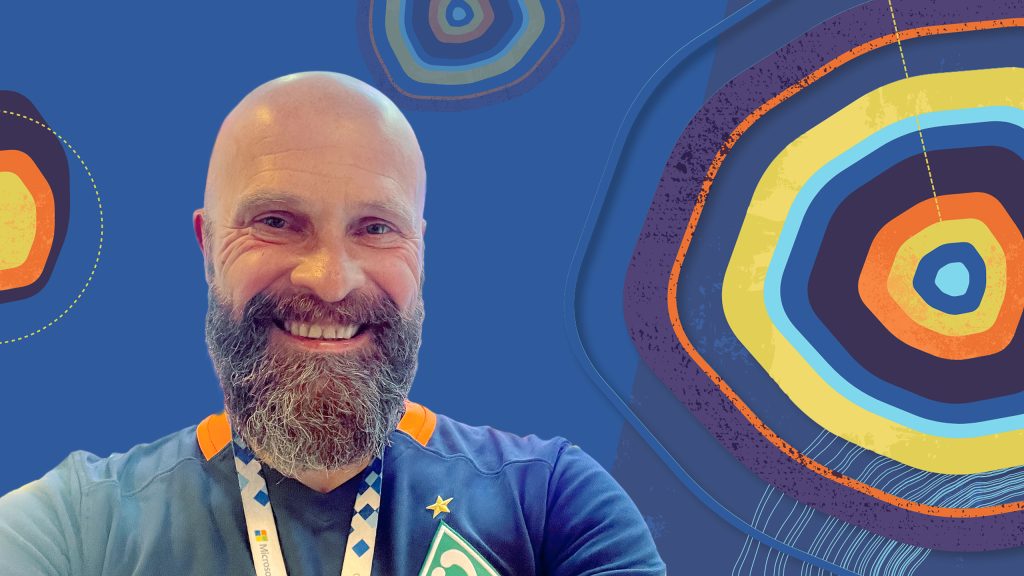
“The importance of creating inclusive technologies like the hybrid event room is deeply personal for me.”
During the pandemic, Experience Lead Sascha Ackermann and his team set out to make meetings and events more inclusive, for both remote and on-site teams. The result was Microsoft’s first hybrid event room.
After 20 years of running my own events agency, I got the chance to come to Microsoft to design a hybrid event room, which is a new way to engage at events and conferences using Microsoft Teams technology and artificial intelligence (AI). Right now, we’re all hearing more and more about hybrid work—it’s an opportunity to fit your work and life together. With a hybrid event room, viewers from around the world can participate in, stream, and record a meeting and have a very clear picture and sound, whether they’re in South Africa or China or the US. It’s a superior digital experience that gives remote attendees the feeling of being on-site, while also connecting and interacting with other attendees.
The importance of creating inclusive technologies like the hybrid event room is deeply personal for me. My younger brother, due to a lack of oxygen to the left half of his brain during birth, has limited use of the right side of his body. He has a right-eye restriction, a hearing aid, paralysis of the right arm, and epilepsy. It’s difficult for him to attend in-person conferences for his government job. Hearing the speaker over the people sitting next to him or even opening the door to a meeting room presents a challenge for him.
During the pandemic, my brother has been able to work and attend conferences from home by creating the optimal home office, complete with supportive tools and technologies—a large monitor, a wireless hearing aid connection to his computer, and a special ergonomic chair.
With the hybrid event room, if you’re speaking at the meeting, your face will appear on the monitor on stage whether you’re in the room or not. Using AI, we’ve also added a diverse range of avatars so that each participant has one that represents them. Finally, if you have a question during the event, you raise your hand, and a lamp lights up, notifying the speaker or moderator and all other participants. We can read the emotions of digital attendees via emojis and broadcast those emojis, such as hearts and clapping, as light pulses on LED barometers in the room.
The idea of the hybrid room fits well with Microsoft’s culture and vision. If we want to empower everyone to achieve more, we need to give them access to empowering technology and digital experiences. For people like my brother, living with a disability, the hybrid room provides the possibility of a better conference experience at home or wherever, one where they feel integrated and have the same experience as the people who are physically in the room. A meeting space where more people feel included in the discussion, with more opinions and perspectives, is a better experience for everyone.



